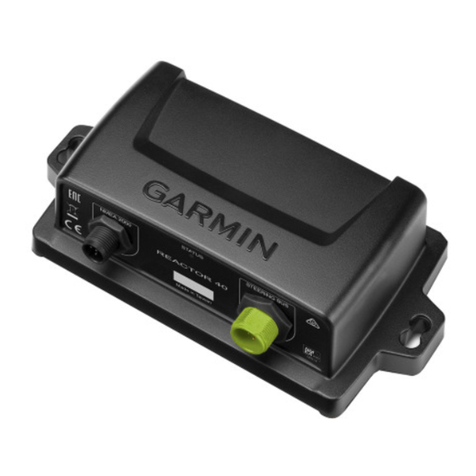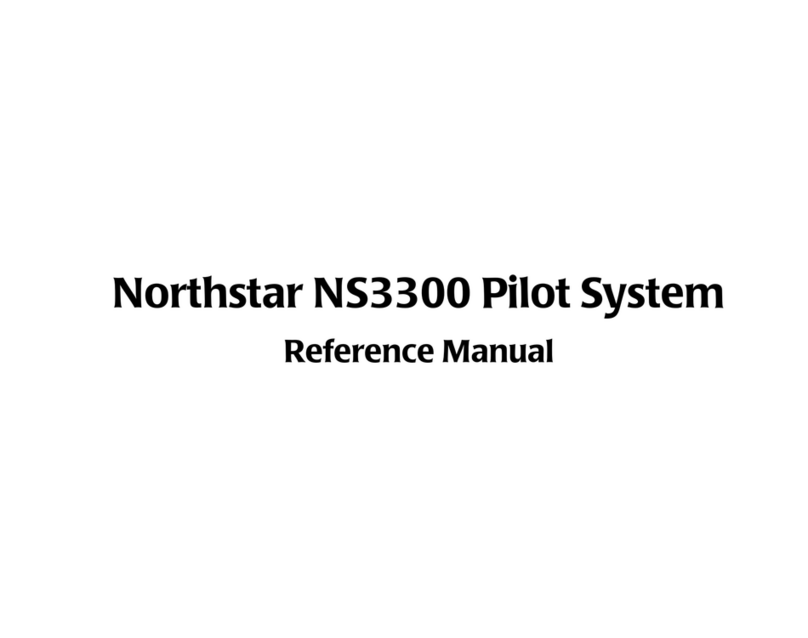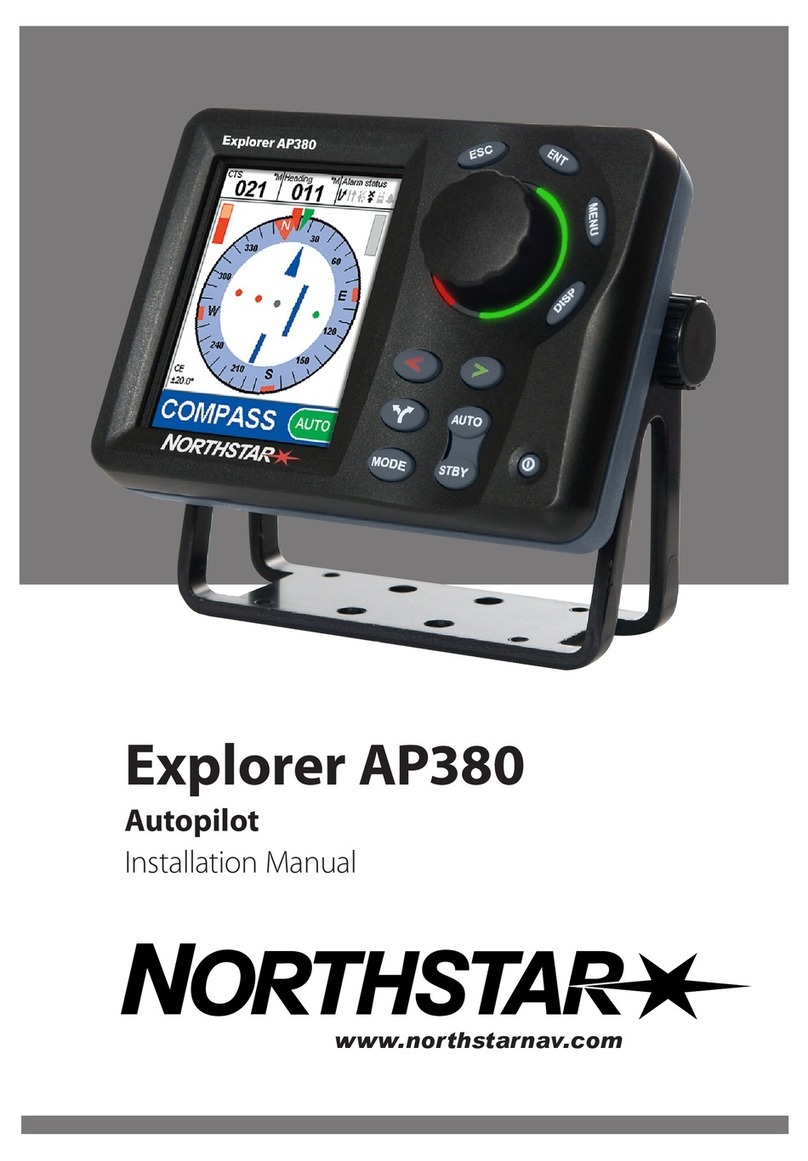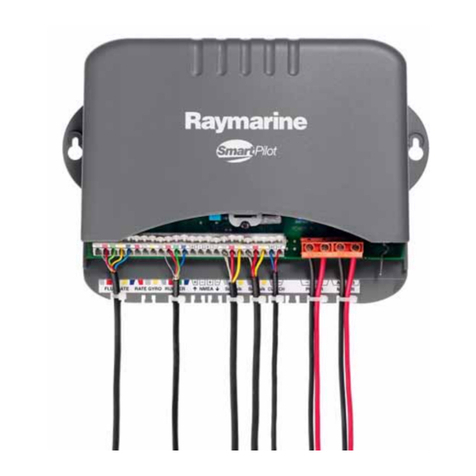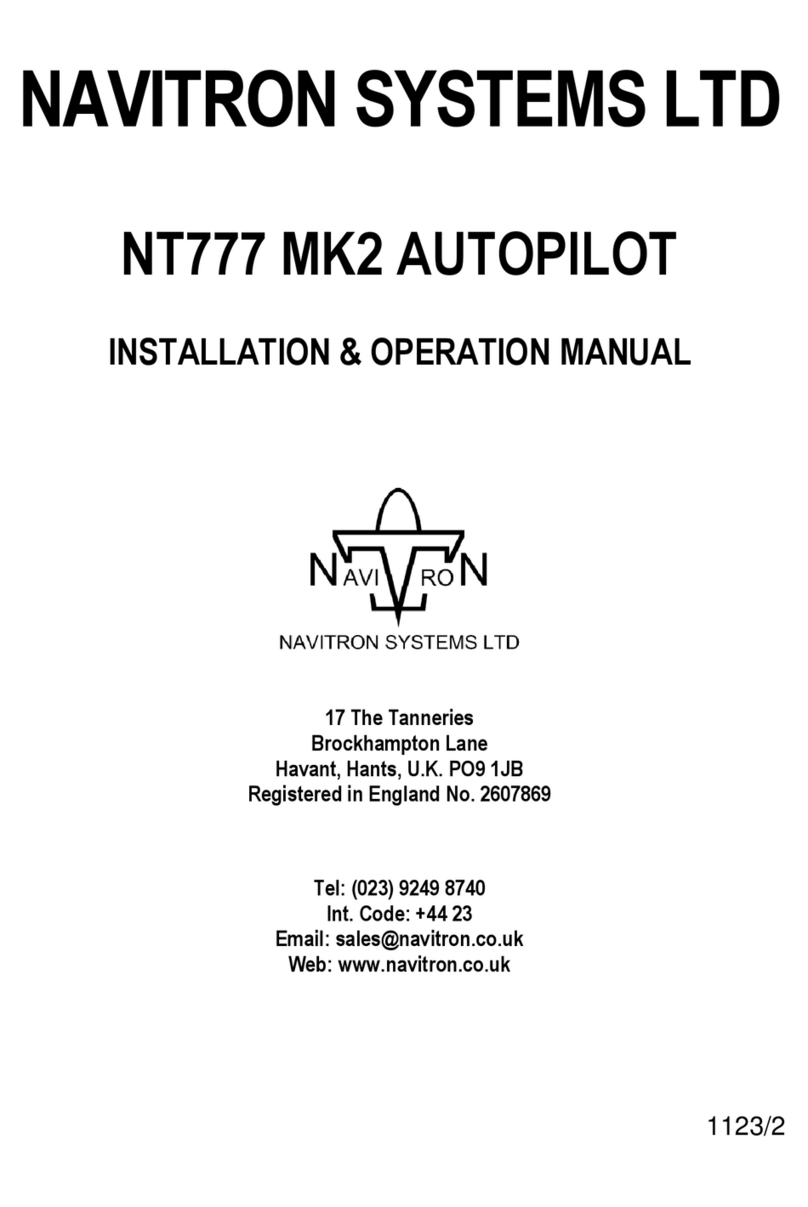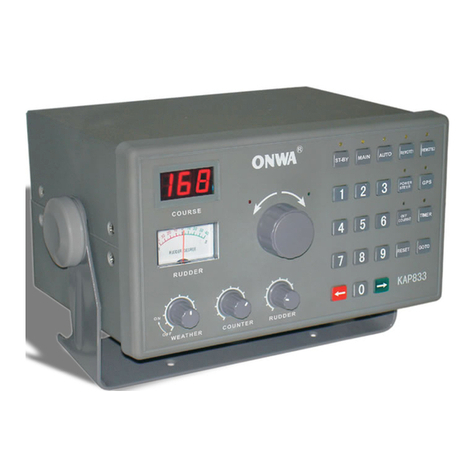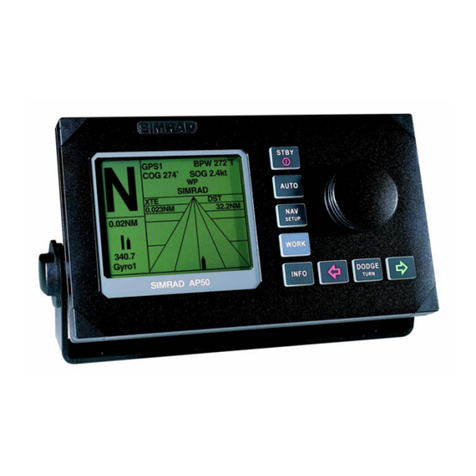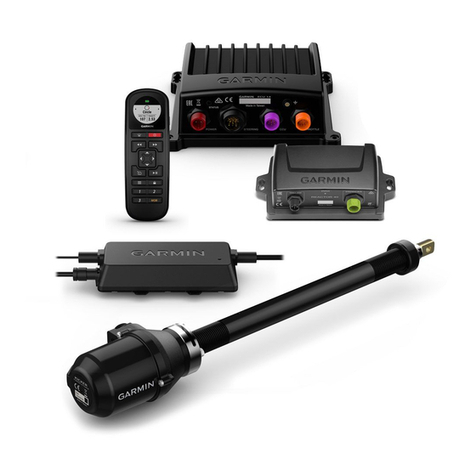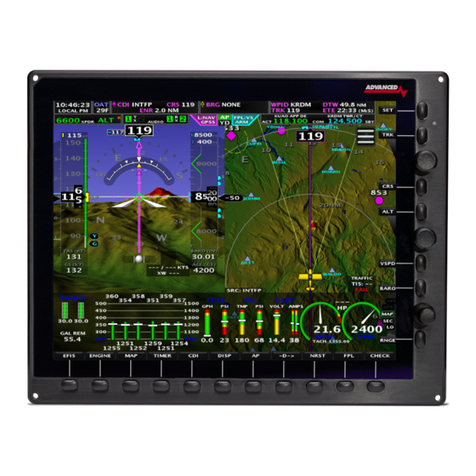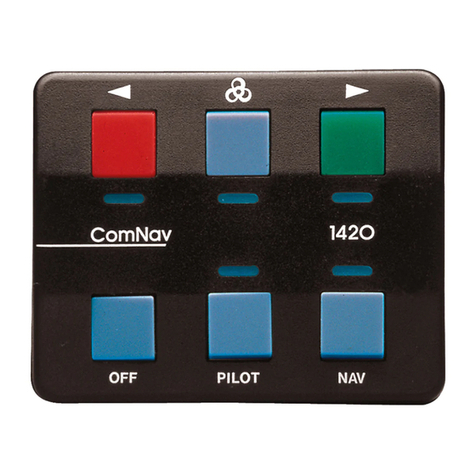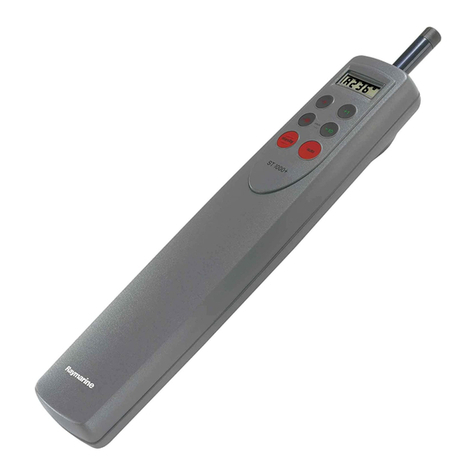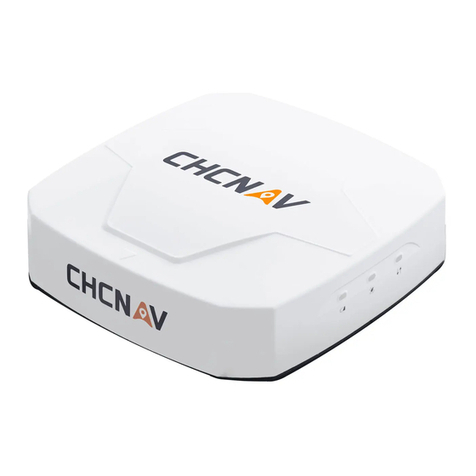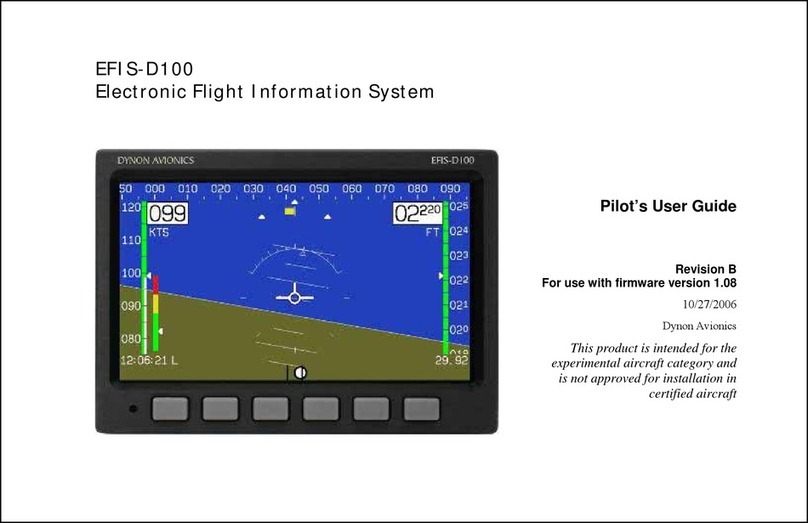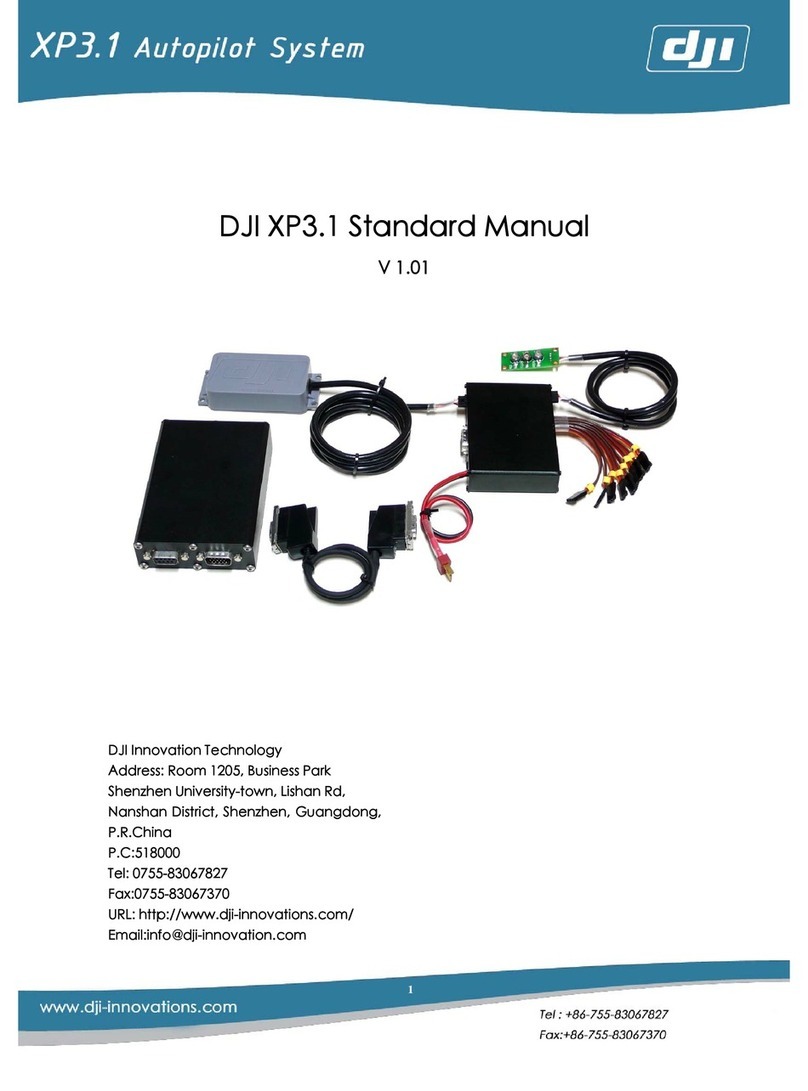
NT888G MK2 AUTOPILOT OPERATING MANUAL
1.3 Engaging Autopilot (ON) – (Section 2.2 & 2.18).
The NT888G MK2 Autopilot can only be switched ON via the Standby condition thus
switching directly from OFF to ON is not possible.
To engage the Autopilot:-
(i) Steady the vessel on the required heading.
(ii) Use the “ON” key to engage the Autopilot.
NB. Single press of the “ON” key engages the Autopilot in Rudder control mode only, a
continuous 2 second press is Thruster mode only and a further 2 second
continuous press is Rudder AND Thruster mode.
1.4 Adjusting Steering Performance – (Section 2.19 – 2.22)
(Manual Adjustment of Controls).
If the Autopilot has been programmed with Speed Adaptive values based on earlier
sea trials or prior seagoing operational performance – no initial adjustment will be
required.
If no predetermined values have been stored, it will not be possible to enter - or
operate – in the Adaptive Mode (until calibrated per Section 2.29) and manually
entered operational control settings will be required via access to the Controls Menu
as follows:-
(i) With the Autopilot in the “STANDBY” mode
(access also available from “ON” or “Track”
modes), use the “CONTROLS” key to display the
Controls Menu.
(ii) Note the position of the blue band highlighting the
Controls Menu item “ADAPT ON/OFF” which
should be “OFF” in the absence of Adaptive Data.
Also, when no Speed Data is available, non
Adaptive (OFF) Autopilot operation is necessary
and PID Control is required involving manual
RUDDER, YAW & COUNTER Control adjustment.
(iii) Select ADAPT “OFF” via the rotary (+/-) illum.
control then note that the “CONTROLS” key is
again used to select RUDDER, YAW or
COUNTER (as required) so that adjustment can
be made to the value (1 to 9) of the selected
control via the rotary (+/-) illum. control.
NB. The Controls Menu display will timeout and revert to the normal operational
display if no adjustments are made for a period of 30 seconds. Re-entry to
the Controls Menu is by “CONTROLS” key operation.
